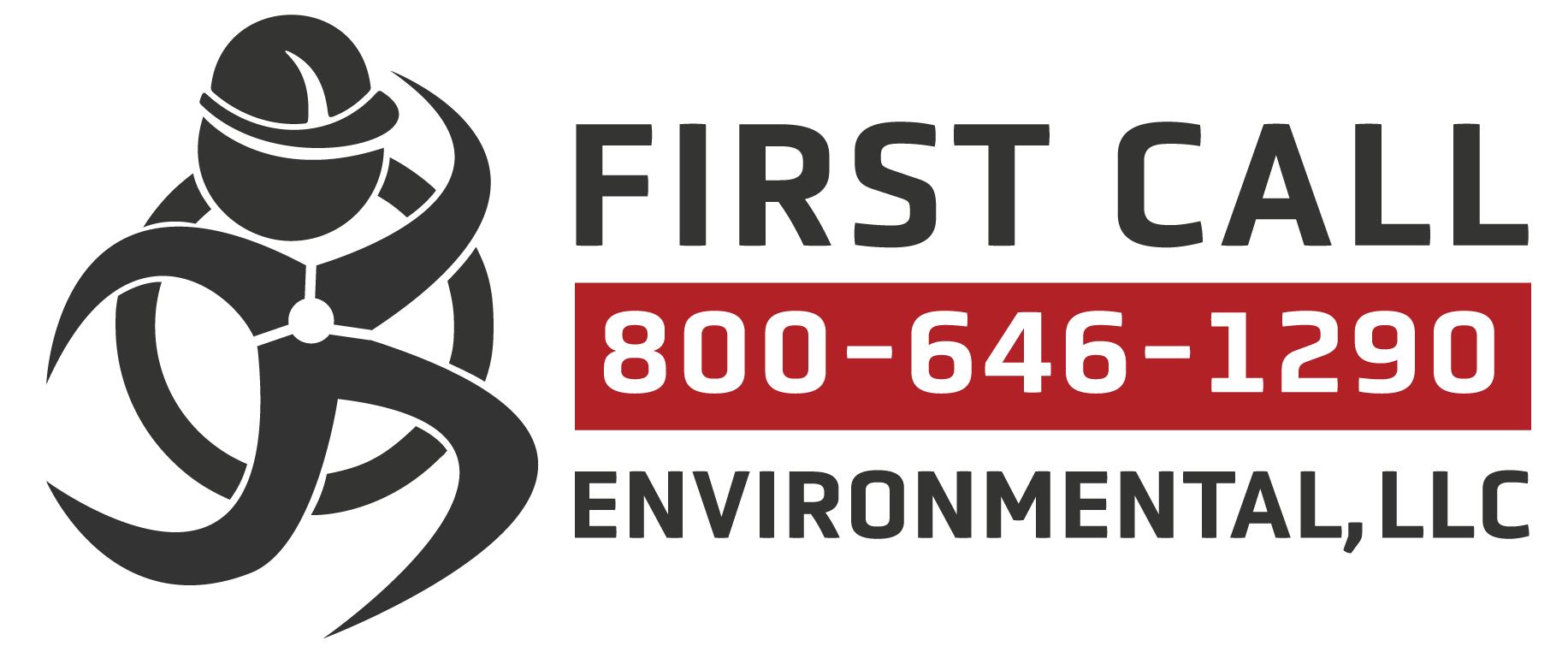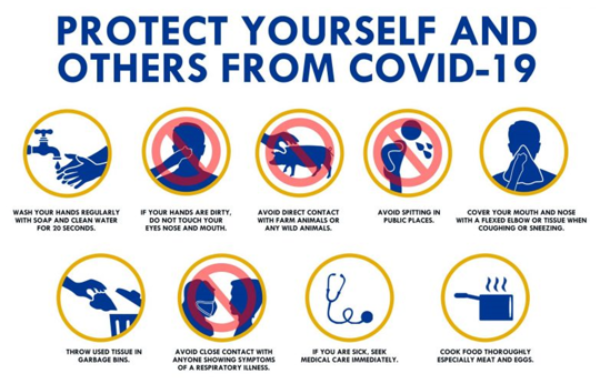Coronavirus: What We Know and What We Can Do
 A new coronavirus known as SARS-CoV-2 is rapidly spreading around the globe and the World Health Organization (WHO) has declared the disease a pandemic. As employers, we should take precautions to ensure the safety of our employees from this and other infectious diseases.
A new coronavirus known as SARS-CoV-2 is rapidly spreading around the globe and the World Health Organization (WHO) has declared the disease a pandemic. As employers, we should take precautions to ensure the safety of our employees from this and other infectious diseases.
SARS-CoV-2 is the virus that causes COVID-19, also known as Coronavirus Disease 2019. Originating in Wuhan, Hubei Province, China, this virus had not been previously identified in humans. There has been speculation of the exact cause, but it is believed to be similar to Middle East Respiratory Syndrome, or (MERS) and Severe Acute Respiratory Syndrome (SARS), both of which spread to humans from animals.
Who is at Risk?
It is currently believed that this virus is spreading primarily through respiratory droplets from coughing or sneezing. You must be in close proximity (approximately 6’ or so) to an infected person, as the droplets must be inhaled, ingested or absorbed through a mucous membrane for the virus to infect you as well. It is also assumed the virus may be transferable through the handling of door knobs/handles, phones, copiers, keyboards, and other shared work-place surfaces. Even drink machines and the cabinetry and refrigerator handle in your breakrooms.
If you get infected, you will likely experience symptoms within two to 14 days of your initial exposure. Symptoms to look out for include:
- Fever & Fatigue
- Respiratory Issues: Sneezing, Runny nose, Sore throat, Dry cough, Shortness of breath
- Systemic: Decreased Kidney Function, Intestinal Diarrhea, Decreased white blood cell count
Similar to many other viruses, certain groups of people are at a higher risk of contracting COVID-19. Elderly people, and those who are immune-deficient or who have pre-existing conditions should take additional precautions. If you fall into this category, please call your doctor for further information.
The Information You Need
Containment and eradication efforts are occurring globally. As employers, it is critical that we remain up to date with the most recent and reliable information. The following websites have proven to be credible:
- World Health Organization
- Centers for Disease Control and Prevention
- The National Institute for Occupational Safety and Health (NIOSH)
Be sure that any information you provide your employees in the workplace is coming from a trustworthy source. During outbreaks, government websites will frequently be the best resource for both reliable and current information. Media outlets may not have all the known information at any one time and should not be used as your main source. Your state and local Emergency Management and Public Health agencies will have jurisdictional specific information that is relevant to your company’s location.
The inundation of information from unreliable sources has created significant anxiety around COVID-19, with many people taking drastic measures to protect themselves. Many of these measures are not only advised against, but can also be dangerous for the rest of the community. Please be smart, and stay safe out there.
Taking Precautions in our Workplaces
If you don’t already maintain a plan for epidemic and/or pandemic responses, now is an excellent time to develop one. Typically, it will be part of your emergency response plan or continuity plan, which should have specific measures you should take to ensure your business is able to withstand the impacts of disasters.
Prepare for closures and disruptions across your city, state and the country, as well as travel restrictions that could prevent your employees from getting to work. If employees can do their work from home, consider implementing a more liberal policy to prevent sick employees from coming to work. Employers should also consider making policy updates to sick leave and other policies that may force sick employees to come to work.
Employers should take additional precautions around the workplace. You should make sure that either employees or cleaning staffers are regularly disinfecting handles, doorknobs, computers, desks, sinks, toilets and other communal items. You can place signs in restrooms and kitchen areas, reminding employees to wash their hands to help prevent the spread of disease. You can also create new policies that reduce the number of in-person meetings or eliminate them altogether.
The most successful preventive measures have proven to be deceptively simple. The best way to prevent yourself from getting sick is by frequently washing your hands for at least 20 seconds using soap and warm water. It is not necessary to use antibacterial soaps, as regular soap and water are proven to be just as effective. When you’re unable to wash your hands immediately, carry an alcohol-based sanitizer. This should not be used in situations where your hands are visibly dirty or have other contaminants on them. Hand sanitizers should only be used as a temporary solution until you can wash your hands with soap and water.
Encourage your employees to take precautions against the COVID-19 as well as other illnesses that are common in the wintertime, like the flu. Some of the most effective precautions include:
For those who are over age 65, have certain medical conditions or smoke, the pneumonia vaccine is also a recommended precaution. Employees should always discuss this with their doctor first.
Avoid Taking Unnecessary Measures
Not all suggestions for protecting yourself from COVID-19 are necessarily the safest or best methods. Face masks are one example, as they don’t actually protect you against germs. If you are ill, a face mask can help contain the spread of your germs if you’re coughing or sneezing, but even then, they are only moderately effective and should not be relied upon.
Rather than wearing face masks, which are considered a necessary medical supply, you can cough or sneeze into your sleeve or a tissue. If you must cough or sneeze into your hands, wash them as soon as possible afterwards. Some people have also been purchasing N95 respirators, which can filter out at least 95% of particles in the air, including bacteria and viruses. While effective, they must be worn correctly, and both a fit test and proper seal are necessary. Masks are not recommended as a prevention measure for the general population.
Stay Informed with First Call Environmental
The information on COVID-19 is constantly changing and evolving, and this article is based on the best information currently available. As the situation develops and we learn more about this new virus, First Call Environmental will continue to update our community with the most current information possible.



